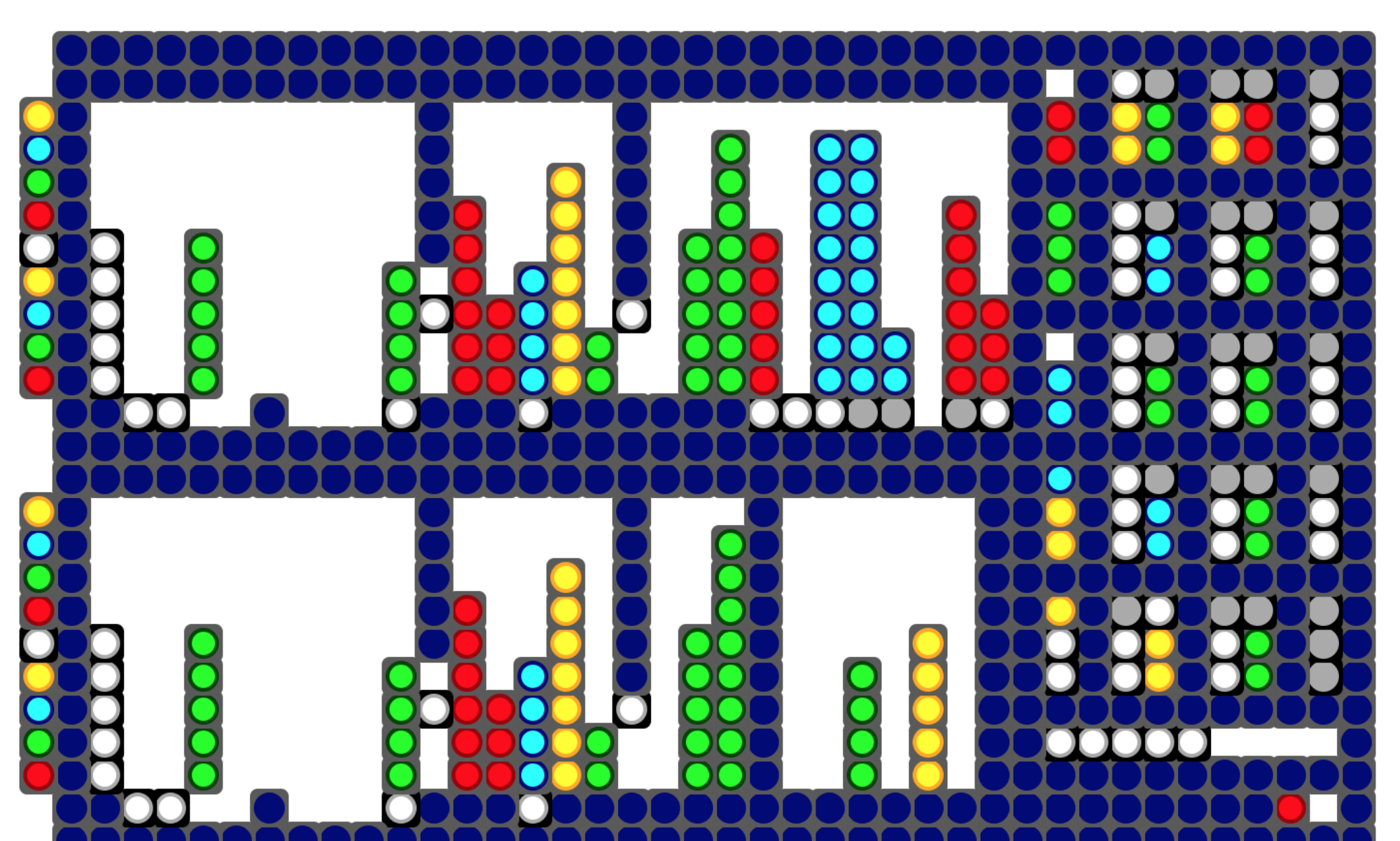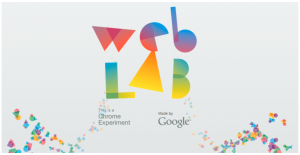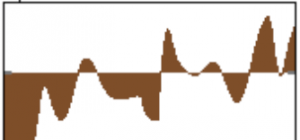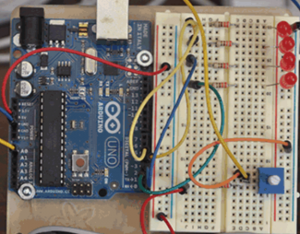By Charlie Roberts
Notes by Sam Tarakajian from the Cycling 74 blog.
“My second workshop is with Charlie Roberts, the furiously talented man behind the Control app for iPad and iPhone that was in many ways the inspiration for Mira. This workshop was advertised as an introduction to the Web Audio API, so I’m imagining that we’re going to spend the afternoon talking about the complexities of working with audio in a high-level language like Javascript, and the challenges of getting audio to run in the browser on multiple platforms. As it turns out, Charlie has basically solved all those problems already, and so instead he takes on a three hour tour of Gibber. Gibber is a Supercollider-like wrapper around Web Audio that lets you build sample-accurate sequencer and synthesizers in Javascript. Oh, did I mention it’s runtime re-configurable? Anyway, it nearly melts my brain to think about how Charlie’s work could fit together with Max. Imagine a Max-like program running in the browser, with something like Gibber providing the backend to a patchable interface. Imagine using that interface to build and deploy interactive audio to the web. Or, switch your brain with me to Totally Unwarranted Speculation mode and imagine being able to turn any webpage into a programmable patch. It’s a bit of a pipe dream, to be sure, but why bother coming to NIME if you aren’t going to entertain impossible ideas?”
Important links from that talk include:





